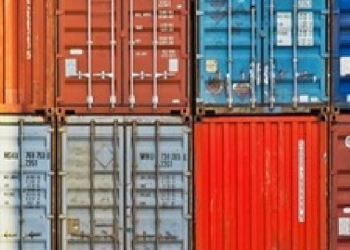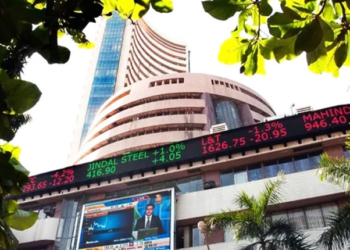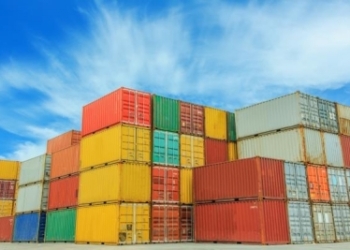New Delhi: The European Union (EU) must start discussing the economic dimension of the Carbon Border Adjustment Mechanism (CBAM), said experts here on Tuesday.
The CBAM by the EU is designed to slash greenhouse gas emissions by 55 per cent by 2030 compared to 1990 levels.
L Satya Srinivas, Additional Secretary, Department of Commerce, Ministry of Commerce and Industry noted that the twin aspects of design and implementation modalities are important for consideration when discussing CBAM and its impact.
He was speaking at CII’s Session on the EU Carbon Border Adjustment Mechanism CBAM: Rationale for Climate Policy and Implications for Indian Companies.
Srinivas noted that while the environmental dimension of the design of CBAM is clear, the EU needs to be open for discussion on the economic dimension of design as it advocates the introduction of a “clean and competitive” policy.
“The audit of process and carbon embedded emissions will increase the costs for industry and this transition won’t be uniform for industries. The transfer of cost from the EU to the exporting economies is the issue in the design aspect of CBAM and how to mitigate this transfer is what needs to be addressed,” he added.
According to R Mukundan, Vice President, CII and Managing Director & CEO, Tata Chemicals, CBAM could be beneficial in the Indian industry context, particularly for the iron and steel, aluminum, and hydrogen industries.
However, there are some concerns around the impact on MSMEs and reporting, in addition to the added burden related to standardisation and certification of emissions data that will affect the cost of doing business as well as ease of doing business.
He further reiterated the need to be open for change in the direction of moving towards a carbon-free world.
(IANS)

















